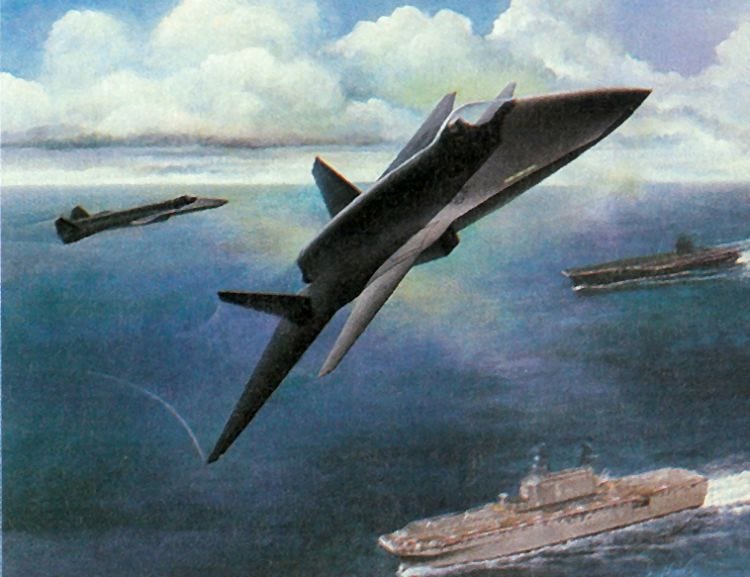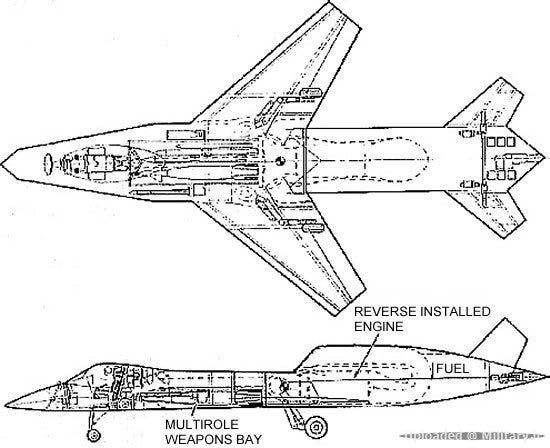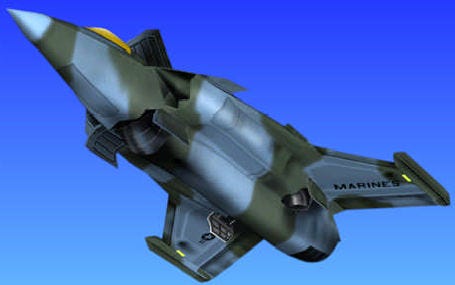I was involved in the secretive exotic aircraft designs that led to F-35
My part in the Advanced Short Take-Off/Vertical Landing (ASTOVL) programme

Creating a supersonic, stealthy vertical take-off fighter is an extremely difficult task, and years of studies —and a healthy handful of initialisms and acronyms — paved the path to today's F-35B. Jim Smith describes his role on the ASTOVL project and the daunting challenges it faced.
What and when was ASTOVL, and what was your role on the project?
"The Advanced Short Take-Off/Vertical Landing (ASTOVL) programme evolved over a long period, from the early 80s through to the JSF programme as we see it today. While the initial intent was to examine the issues associated with the development of supersonic combat aircraft which could take-off in a short distance, and perform a vertical landing, the objectives evolved significantly over time, culminating in a development programme to provide a 5th-Generation stealthy Strike Fighter for the USAF, USN, USMC and International partners and customers.
During the period of the ASTOVL programme my career path took me in and out of the programme, and the best way of answering these two questions appears to be to reflect my involvement against the changing programme focus and direction.
1986-88:
"I first encountered the programme in the form of the Joint UK-US ASTOVL programme which was an effort to examine the merits of different possible propulsion systems for ASTOVL concepts. Four US and four UK concepts were examined by a team called the Joint Assessment and Ranking Team (JART) in at NASA Goddard in October 1988. My role on the small UK team was to lead on aerodynamics (including ground interaction) and configuration. Other specialists looked at the mission and flight control systems and technical aspects of the propulsion system. US participation was extensive and included USAF, Army and Navy, but with NASA providing US team leadership and specialist input. My responses below will focus on this period, partly because most readers will be less familiar with the activity, but also because these designs were a long way from the operational system of today, and are perhaps less sensitive as a result."
1991-1995
"Following a period in the British Embassy in Washington, I worked in Future Systems (Air) leading aircraft weights and performance analysis. The ASTOVL programme had evolved substantially, with DARPA and the US Navy both heavily involved in programmes looking at a STOVL Strike Fighter (SSF) programme, which evolved first into a Common Affordable Light Fighter (CALF), and eventually in 1993 into the Joint Advanced Strike Technology (JAST) programme. The UK was still engaged in the programme, leading to my involvement in configuration analysis of various designs, and, later weights analysis of (mainly) Lockheed concepts, in partnership with NAVAIR, leading towards the JSF EMD phase. I was a member of Integrated Product Teams in the US programme covering Aerodynamics, Performance and Integration, and Aircraft Weight."
"Through this period, the focus had shifted from consideration of ASTOVL technical issues to harmonising a set of designs that could plausibly meet the needs of the USN, USMC, USAF and RN. The RN interest was, of course, replacing the Sea Harrier, and at this time the aircraft was very much constrained by the need to operate off the Invincible Class carriers then operated by the RN."
Keep reading with a 7-day free trial
Subscribe to Hush-Kit Aviation Newsletter to keep reading this post and get 7 days of free access to the full post archives.






